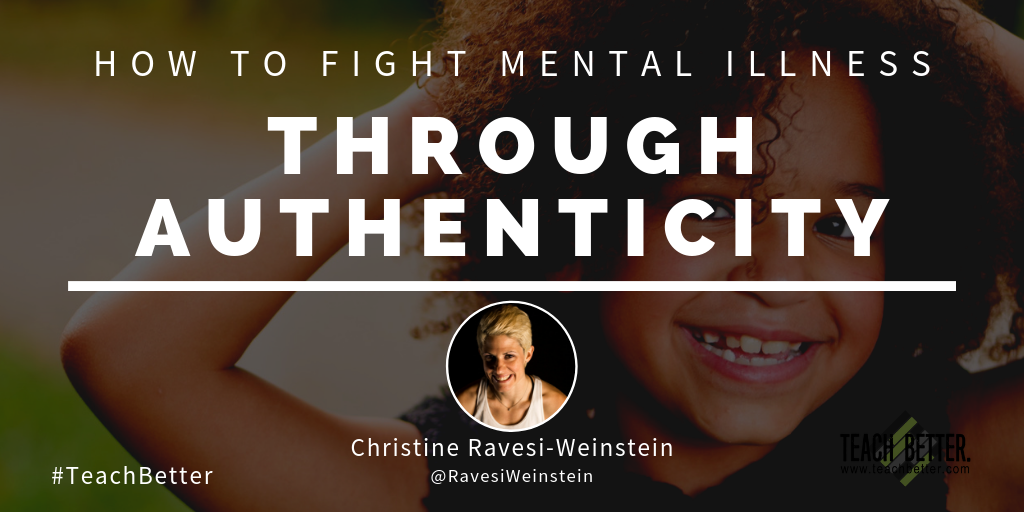In This Post:
- For our most anxious students summer break doesn’t come with the degree of excitement educators might expect.
- Summer break can be a time of uncertainty, fear, and less regimented time; all triggers of anxiety.
- Encouraging journaling, offering manipulatives, introducing students to volunteerism, and allowing them to move, are just a few ways we can help our students with anxiety.
As the end of another school year approaches, schools prepare to send off students and staff; eager for time to relax and start thinking about a new year. It’s a time when the daylight is getting longer, the temperatures are getting higher and many districts are finalizing the administration of required tests; final exams and state assessments. It’s no surprise that many students will be over-energized and excited about a summer off, potentially finding themselves in occasional trouble, some students might be having difficulty for different reasons. For our most anxious students summer break doesn’t come with the degree of excitement educators might expect. Rather, it’s a time of uncertainty, fear, and less regimented time; all triggers of anxiety.
The important thing to remember with all of these suggestions, is that educators must get students talking about how they feel after engaging in them. Share on XIn an eSchool News article from April 3, 2019, How Can Educators Support the Parents of Students with Anxiety, routine was discussed as a significant need for students struggling with anxiety. From a very young age, children exhibit a need for routine. As much as they appear driven by the desire for independence, children will find the most success when the adults in their lives provide structure and expectations. “Even the simplicity of a one hour time change can send students into days or weeks of upset and adversity.” With the onset of summer vacation, for many students, routines are lost. Although many students will quickly jump into new routines, many will not. The safety students feel in knowing what to expect throughout a school day will be gone as soon as the final bell rings.
Changing, or in some cases, removing, routine from the life of a student with anxiety can be very difficult. And, while those over 21 are able to make use of CBD products, thanks to the cost per mg being so that it is an accessible product, the treatment options for children are a little more limited. That doesn’t mean that children don’t feel exactly the same way as adults when it comes to anxiety. For a student who suffers, anxiety is a constant battle with their internal voice. Every situation finds a way to create enough self-doubt that the voice of anxiety becomes deafening. The anxious mind cannot rest; the empty, unoccupied time, must be filled with something, typically irrational emotion. Anxiety begins a round of “what ifs?”
- What if Johnny didn’t reply to my text message because I didn’t reply fast enough to his last one and he’s upset at me? He hates me now, I’m sure of it.
- What if I am in the car on the way to Nana’s house, and I get an upset stomach? I can’t go, I won’t be able to use a bathroom.
- What if we can’t find a parking spot in the garage and we miss the beginning of the movie? Then we’ll have to walk in late, in the dark, and try to find a seat.
The irrational emotions that anxiety chooses to fill unstructured time with are worry lies. Worry lies are the false conclusions the anxious mind constructs to explain the worry that inevitably sets in when there is no routine to follow. An anxious mind would rather have an incorrect explanation than no explanation at all. Without routine and structure, students with anxiety become bombarded with worry lies that only serve to exacerbate their anxiety.
[scroll down to keep reading]In order to help students with anxiety cope with the impending summers off, educators must work to provide students with strategies and skills to fend off the worry lies that will otherwise flood their minds in the summer.
Incorporating these suggestions when students finish assigned work ahead of time and are looking for “something to do” can do just that:
- Encourage journaling. “Brain dumps” are good at the start of a lesson to activate prior knowledge, they are also effective at the onset of quiet thoughtful time to help students process fears and emotions before they evolve into irrational worries. Journaling is a proactive way to process thoughts before they feaster; it’s a rational voice to counteract the irrational one inside. Have students keep a personal journal and ask that they write in it a few times a week. They can do this either as a “choice” activity, or to fill time when they have completed another assignment ahead of time. The journal should be enjoyable and neither read nor graded.
- Provide students with manipulatives. Many students who suffer from anxiety find comfort in doing something with their hands. Whether it’s building with blocks, making jewelry, sewing, or simple arts and crafts, give students the opportunity to engage in hands-on activities during downtime in class. The focus provided by the manipulatives takes the students’ minds off the anxiety they feel and the worry lies that are likely to set in on an otherwise unoccupied mind. Furthermore, the productivity and accomplishment associated with making something gives the student a sense of control over him/herself that sitting quietly does not.
- Introduce students to the power of volunteerism. One of the most impactful ways we can help students help themselves, is by empowering them to help others. Invite outside presenters to solicit student volunteers in the completion of their organization’s work. Depending on the age of the students with whom you work, students can recoup volunteer hours for school and/or extracurriculars.
- Allow students to move. The human body craves movement; it’s what it was designed to do. When we move, endorphins are released that give the body a natural high. Too much of a student’s day revolves around being idle. Teachers must encourage student movement when assignments/tasks are complete. Set-up small games for students to engage in that promote movement: Simon Says, a simple classroom walk through the building, a scavenger hunt in the classroom, etc. All of these things require students to get up and move. This might actually encourage students to explore more activities of their interest during the summer vacation, like taking surfing lessons in san diego or rock climbing, or even painting or dancing!
The important thing to remember with all of these suggestions, is that educators must get students talking about how they feel after engaging in them. The idea is for students to use these strategies to fill the downtime outside of the classroom too; specifically in the summertime. The consistency in which we introduce the use of these strategies in the classroom, will become ingrained in our students and will encourage them to continue their practice well after school is over.
Students are not always capable of thinking long term; their brains may not be developed well enough to process anything beyond the short term rewards before them. It is the job of educators, adults who can see the long term implications of short term decisions, to instill enough routine in them that they can replicate activities outside of the classroom with ease. If we don’t prioritize this, especially at the end of the school year, the worry lies will become so routine in students’ lives that the transition back to school will be just as uncomfortable as the transition to the summer.
About Christine Ravesi-Weinstein
Christine Ravesi-Weinstein currently serves as a high school Assistant Principal. She previously served as a high school science department chair for four years and classroom teacher for 15 years. She is an avid writer and educator and is passionate about bridging the two with her advocacy for mental health.
Subscribe to Christine’s YouTube Channel.
Check Out Christine’s Other Work.
Learn More About Christine’s Story.



